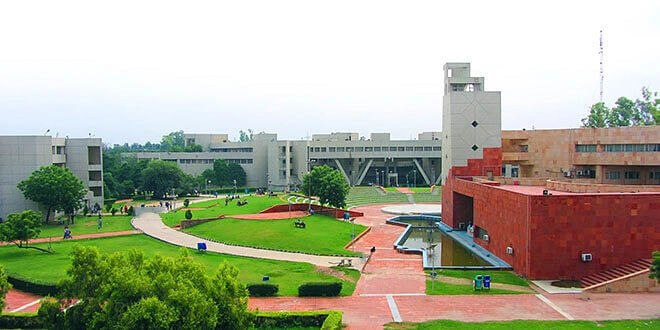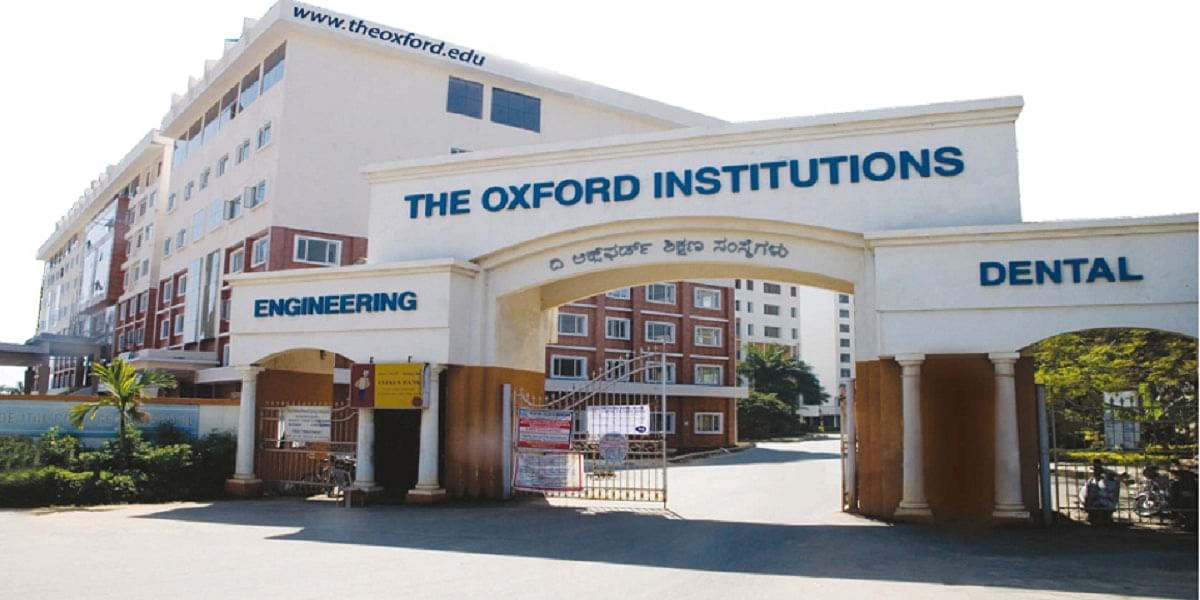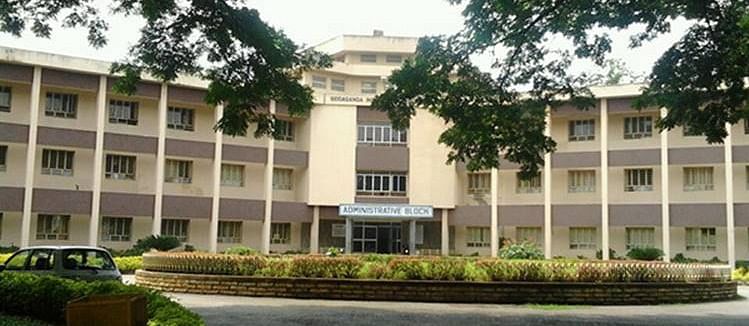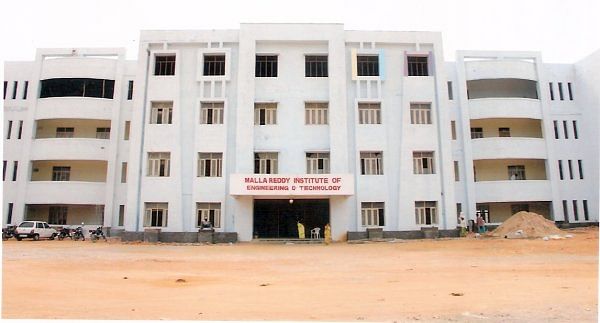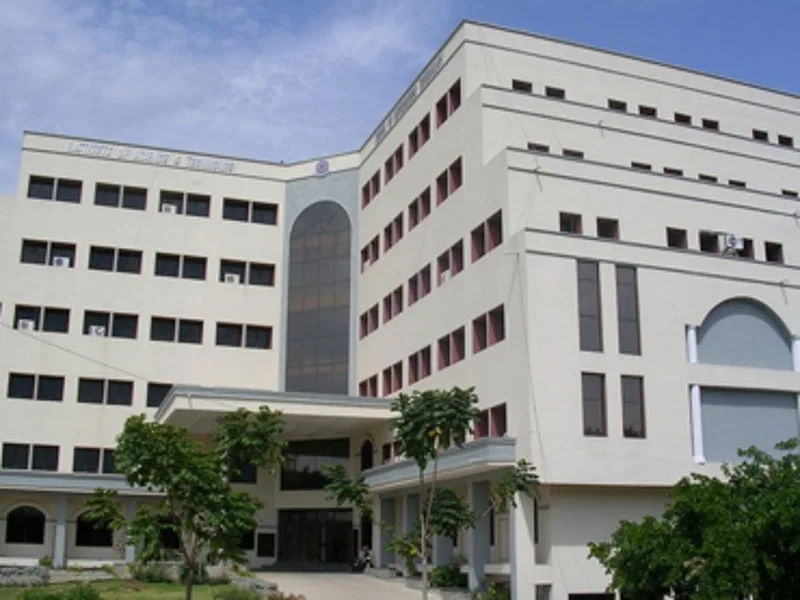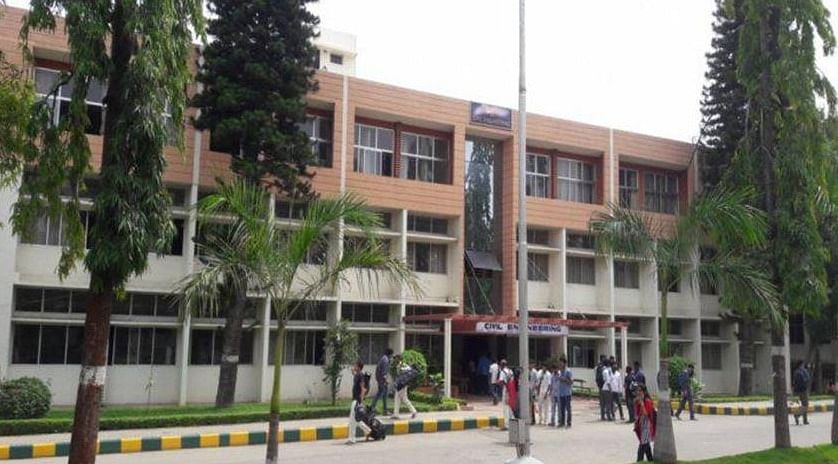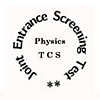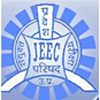M.Tech VLSI Design & Embedded System

M.Tech VLSI Design & Embedded System is a 2-year postgraduate course that deals with the engineering aspect of designing and developing IC-based systems and writing code that is implemented on hardware. The main objective of M.Tech VLSI Design & Embedded System is to translate programming instructions and writing code. The job opportunities for aspirants in this course are wide in software and hardware industries providing job designations in test engineer embedded, developer embedded, principal SW development engineer, system analyst.
Table of Contents
- About M.Tech VLSI Design & Embedded System
- Eligibility Criteria for M.Tech VLSI Design & Embedded System
- How To Get Admission for M.Tech VLSI Design & Embedded System?
- Popular Entrance Exams for M.Tech VLSI Design & Embedded System
- Top 10 M.Tech VLSI Design & Embedded System Colleges in India
- Fee Structure for M.Tech VLSI Design & Embedded System
- Syllabus and Subjects for M.Tech VLSI Design & Embedded System
- Why Choose M.Tech VLSI Design & Embedded System?
- Preparation Tips for M.Tech VLSI Design & Embedded System
- Scope of Higher Education
- Salary of a M.Tech VLSI Design & Embedded System
- Career Options After M.Tech VLSI Design & Embedded System
- Skills That Make You The Best VLSI Design & Embedded System professionals
M.Tech VLSI Design & Embedded System Course Details
| Degree | Masters |
| Full Form | Master of Technology in Very Large Scale Integration Design and Embedded System |
| Duration | 2 Years |
| Age | No specific age limit |
| Subjects Required | Bachelor's degree in Electronics/Electrical or its equivalent |
| Minimum Percentage | 50% |
| Average Fees | ₹50K - 2 LPA |
| Average Salary | INR 5 - 7 LPA |
| Employment Roles | Design Engineer, Structural Engineer, Software Engineer, Senior Software Engineer, Assistant Professor |
About M.Tech VLSI Design & Embedded System
M.Tech degree is part of a master’s program in the field of engineering, and hence, students get a chance to learn about the concepts in a great detail and depth. Subjects available for this course are analog IC design, embedded system design, signal processing, hardware description languages. This course falls under the umbrella of M.Tech.
The job scope for the aspirants is widening, with various startups and technology-based companies being established frequently. Aspirants can work as a design engineer, structural engineer, software engineer, senior software engineer, assistant professor.
Eligibility Criteria for M.Tech VLSI Design & Embedded System
Admission for the M.Tech VLSI Design & Embedded System course requires aspirants to complete B. Tech Biotechnology with a minimum of 60% aggregate marks in their examination from reputed universities and institutes to qualify the eligibility criteria with no age limit.
How To Get Admission for M.Tech VLSI Design & Embedded System?
The admission procedure for the M.Tech VLSI Design and Embedded System course requires aspirants to clear the national or the state level entrance exams like PGCET, GATE to succeed in the M.Tech VLSI Design & Embedded System eligibility criteria for entry into a college.
How to Apply?
Admission into the college or universities can be done online by visiting the official websites and filling in all the required information. This process is fast and efficient, whereas the other method is by visiting the college campus, submitting the applications for admission by ourselves, and making the required payment at the cash counter for the M.Tech VLSI Design & Embedded System admission.
Selection Process
After the entrance exam for the admission of the M.Tech VLSI Design & Embedded System course list of selected aspirants is declared into applied colleges or universities.
Read More on M.Tech Admission
Popular Entrance Exams for M.Tech VLSI Design & Embedded System
Popular entrance exams for the M.Tech VLSI Design & Embedded System are conducted all over the country for the best college or universities. The examination is conducted under the supervision of the Ministry of Human Resource Development, Government of India.
Mentioned below is the list of various popular entrance exams in the country:
A Quick Glance at the M.Tech VLSI Design & Embedded System Entrance Exams
M.Tech VLSI Design & Embedded System entrance exams are usually conducted twice a year for many aspirants appearing for the test. PGCET, GATE is the most prestigious entrance exam conducted in the country.
Mentioned below in the list are similarities of the entrance exams:
- The GATE entrance exams consist of a total of 60 questions.
- The major subjects for the exams in computer science, mathematics, and physics.
- Graduated aspirants can only appear for the entrance exams.
- The entrance exams for this course are conducted twice a year.
Top 10 M.Tech VLSI Design & Embedded System Colleges in India
Admission into the top M.Tech VLSI Design & Embedded System colleges in the country is a goal of any aspirant. Hence the best colleges and universities in the country are ranked based on their reputation and infrastructure, with the co-curricular activities and academics grades.
Mentioned below in the table are the best colleges in the M.Tech VLSI Design & Embedded system in India:
|
Sl.No. |
Top College for M.Tech VLSI Design & Embedded System |
|
1 |
|
|
2 |
|
|
3 |
|
|
4 |
|
|
5 |
|
|
6 |
|
|
7 |
|
|
8 |
|
|
9 |
|
|
10 |
Fee Structure for M.Tech VLSI Design & Embedded System
M.Tech VLSI Design & Embedded System fees structure is usually based upon the college ranking and the area where it is situated in the city. The fees may differ from various colleges due to the basic facilities and comfort available for the aspirants on the campus.
Mentioned below in the table is the list of best colleges for the course of M.Tech VLSI Design & Embedded System based on their fees structure:
|
College |
Fee Structure |
|
Netaji Subhas Institute of Technology, Delhi |
INR 2 LPA |
|
Maulana Azad Institute of Technology, Bhopal |
INR 2 LPA |
|
Siddaganga Institute of Technology, Tumkuru |
INR 2 LPA |
|
National Institute of Technology, Rourkela |
INR 1 LPA |
|
National Institute of Technology, Rourkela |
INR 1.2 LPA |
Syllabus and Subjects for M.Tech VLSI Design & Embedded System
M.Tech VLSI Design & Embedded System syllabus and subjects include the major subjects of computer, mathematics, and physics with core, labs, and elective subjects for the course. The colleges and universities vary the teaching of academics and other related activities,
Mentioned below is the list of major subjects involved in the M.Tech VLSI Design & Embedded System:
- Introduction to VLSI Systems
- CMOS Logic, Fabrication, and Layout
- MOS Transistor Theory
- Layout Design Rules
- Circuit Characterization and Performance Estimation
- Circuit Simulation
- Combinational and Sequential Circuit Design
- Memory System Design
- Probability and Random Processes
- FPGA-Based System Design
- Embedded System Programming
- Digital Signal Processing
- Analog Signal Processing and Control
- Computer Organization and Design using ARM Processor
- Networked Embedded Systems
- Sensor Networks
Read More about M.Tech VLSI Design & Embedded System Syllabus & Subjects
Why Choose M.Tech VLSI Design & Embedded System?
The answer to "why to choose M.Tech VLSI Design & Embedded System?" Below are a few important topics discussed in detail about the course.
What is M.Tech VLSI Design & Embedded System?
M.Tech VLSI Design & Embedded System is a 2-year postgraduate course focusing on developing electrical circuits and IC-based systems. The important subjects included in the course are performance estimation, layout design rules, sensor networks, circuit simulation, MOS transistor theory. The job scope for the aspirants pursuing the course is huge in data communication, research, and development, evaluations, and resolving problems by working as a software developer, software marketer, software engineer, software programmer, assistant professor.
What Does a VLSI Design & Embedded System professional Do?
M.Tech VLSI Design & Embedded System professionals design and develop the IC-based system and translate the program instructions into an integrated circuit.
Mentioned below is the list of various work of M.Tech VLSI Design & Embedded System are:
Research and Development: VLSI Design & Embedded System professional work designing and researching IC systems and translations into circuits.
Designing Product: The researched and discovered system integrated circuits are designed to use common people daily.
Systems Management: professional training is required in analyzing & problem-solving the VLSI Design & Embedded System.
After designed and assembled, marketing is brought to the market through various means of transportation for the supply.
Reasons Why VLSI Design & Embedded System Can Fetch You a Rewarding Career?
Demand: With the rise in technology, the demand for the technician career for the aspirants has boosted, providing sufficient job opportunities in various software and hardware companies across the globe.
Decent Salary and Job Growth: According to Payscale, the average salary of an M.Tech VLSI Design & Embedded System in India is INR 7 LPA, and the highest package is INR 10 LPA.
Read More about M.Tech VLSI Design & Embedded System Jobs
Preparation Tips for M.Tech VLSI Design & Embedded System
Preparation tips for the M.Tech VLSI Design & Embedded System entrance exams are given by some highly educated professionals in technology for the aspirants pursuing the course.
Mentioned below is the list of various preparation tips for the aspirants:
Know the Syllabus: Pursuing aspirants must have a clear knowledge of the subjects and syllabus appearing for the exams in advance.
Make a Plan: Aspirants should have a clear study plan before the examinations.
Strengthen Your Fundamentals: Aspirants must focus on major subjects like computer, physics, and mathematics.
Scope of Higher Education
Aspirants can pursue various courses like MBA, Ph.D., or M.Phil for higher education after the M.Tech VLSI Design & Embedded System course for the postgraduate aspirants.
Salary of a M.Tech VLSI Design & Embedded System
According to Payscale, an M.Tech VLSI Design & Embedded System starting salary is around INR 7 LPA in India.
According to the Times of India, an M.Tech VLSI Design & Embedded System postgraduate can earn somewhere between INR 10 LPA.
Read More about M.Tech VLSI Design & Embedded System Salary
Career Options After M.Tech VLSI Design & Embedded System
After completing the M.Tech VLSI Design & Embedded System course, postgraduate aspirants have various options to proceed with their career in both the public and private sectors. The job scope in the IT sector is evolving, producing numerous job placements for aspirants with a decent degree in hand.
Mentioned below is the list of various industries that hire M.Tech VLSI Design & Embedded System postgraduate aspirants:
- Adobe
- Amazon
- Caterpillar
- Cisco
- Infosys
- IBM
- Mahindra & Mahindra
- Maruti Suzuki
Mentioned below is the list of government companies that employ aspirants after the course of M.Tech VLSI Design & Embedded System:
- Defense Research and Development Organisation
- Agere Systems India Pvt. Ltd
- Electronics Corporation of India Limited
- Colleges & Universities
- Altera Semiconductor India
- National Intelligence Council
- Transwitch India Pvt. Ltd
- Bharat Electronics Limited
- ARM Embedded Technologies Pvt. Ltd
- Synopsys (India) Pvt. Ltd
Skills That Make You The Best VLSI Design & Embedded System professionals
Modern generation industries function fully on the computerized system. This system requires updates and usual fixing in the glitch that occasionally occurred. Here, the experienced and skilled VLSI Design & Embedded System professionals must solve and fix the issue. This training is taught in the college, making the aspirants best at their skills and experienced professionals.
Mentioned below is the list of various skills of the M.Tech VLSI Design & Embedded System:
- Complex Problem-Solving Skills
- Methodical Mind
- Critical Thinking
- Strong Interest in Technology
- Aptitude for Maths
- Communications Skills
- Strong IT Skills
- Time Management
